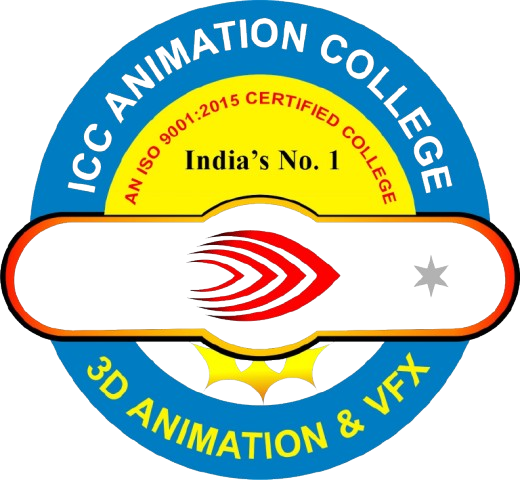Best Auto Cad Trusted by 10,000+ Students
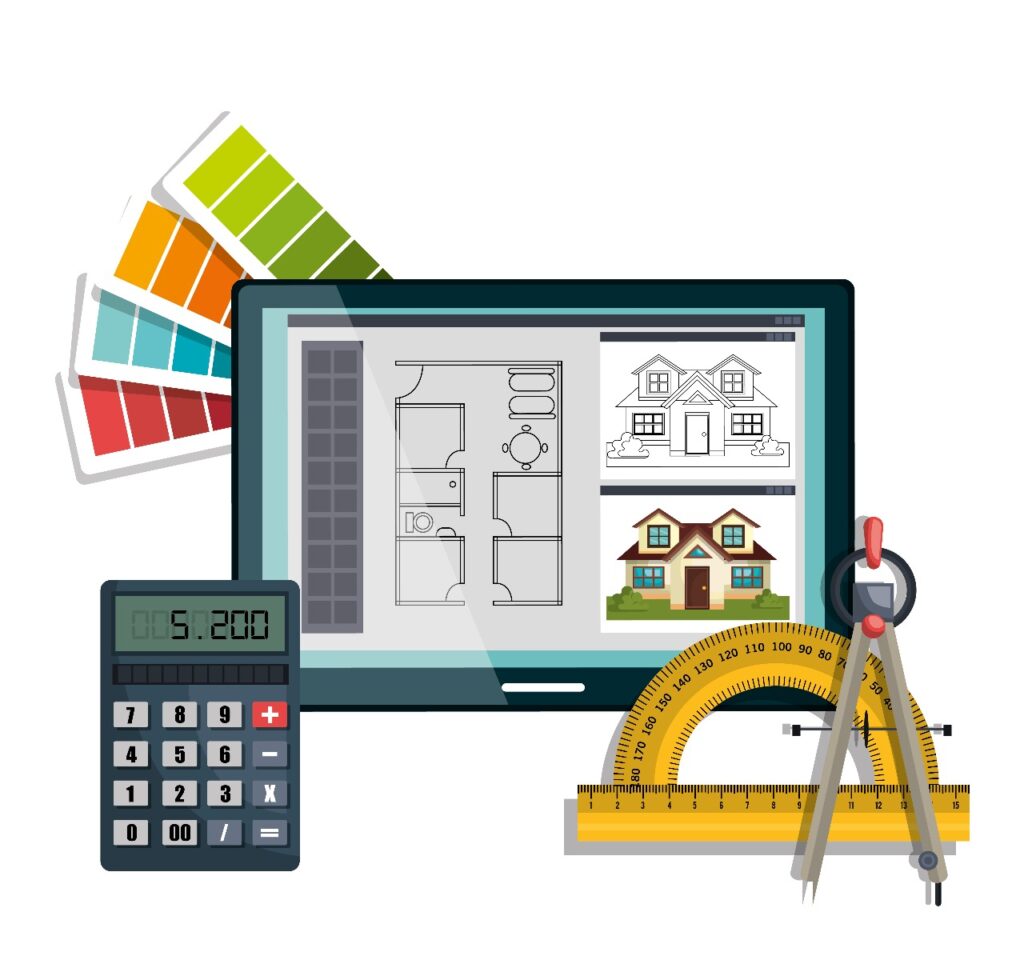
1. Introduction to autocad
Overview of AutoCAD and its features, Understanding the AutoCAD interface (menus, toolbars, ribbon, and command line), Basic drawing commands (Line, Circle, Arc, etc.) Working with drawing units (metric, imperial)
2. Drawing and Editing Tools:
Lines, Polylines, Circles, Arcs, Ellipses, etc., Rectangle, Polygon, Spline
Editing Tools:
Trim, Extend, Fillet, Chamfer, Offset, Mirror, Move, Rotate, Scale, Array (Rectangular, Polar), Stretch, Join, Explode, Break
Modify Commands:
Copy, Erase, Undo/Redo, Redraw
3. Object Properties and Layers
Understanding object properties (color, line-type, lineweight, etc. Working with Layers (creating, renaming, managing visibility), Object snapping (OSNAP) Using Layer Properties Manager (controlling layer visibility, color, and other properties)
4. Drawing Orgnizations
- Blocks (creating, inserting, modifying), Xrefs (External references) Hatch patterns and gradients, Dimensioning and annotation
5. Text and Dimensons
Text styles and formatting, Creating dimension styles, Linear, aligned, angular, radial, and ordinate dimensions, Multileaders and leader annotations
6. Advanced Drawing Tools
Using the Polyline and Spline tools effectively, Working with 3D objects, Parametric constraints (Geometric and Dimensional) Advanced hatching techniques, Annotative objects and styles
7. Working with Templates and Customization
Creating and using templates, Customizing toolbars, ribbons, and menus, Working with keyboard shortcuts and aliases, Using AutoCAD macros (Action Recorder)
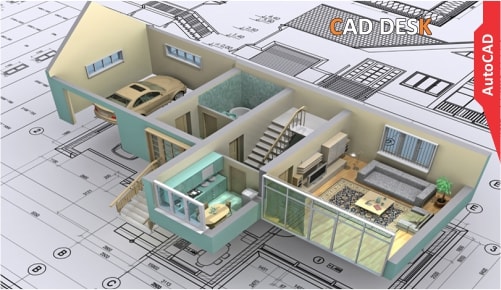

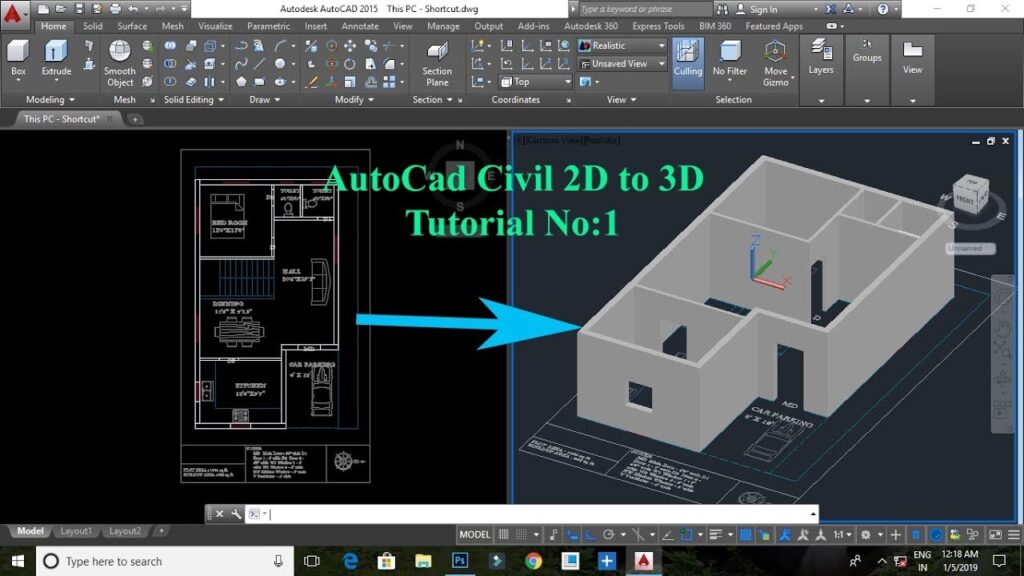
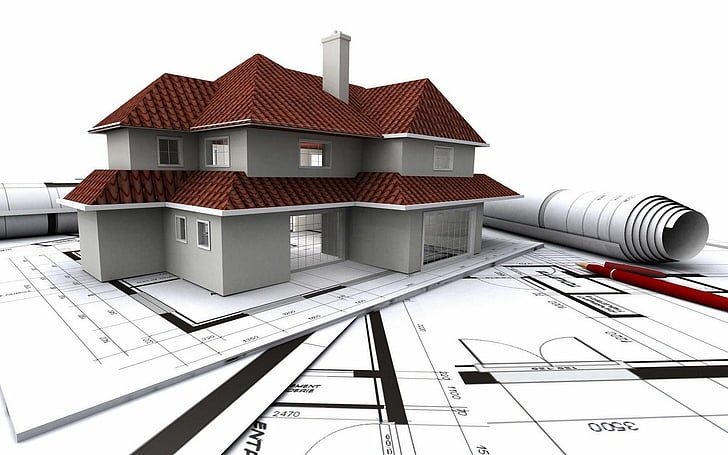
8. 3D Modeling
3D drawing workspace and navigation, 3D coordinate system (World Coordinate System, User Coordinate System), Creating 3D objects (Box, Sphere, Cone, etc.), Editing 3D objects (Extrude, Revolve, Sweep, Loft), Solid editing and mesh modeling, Rendering (materials, lights, and cameras)
9. Rendering and Visualization
3D rendering basics, Applying materials and textures, Lighting and camera settings, Rendering with AutoCAD’s built-in renderer or external renderers (like V-Ray), Creating walk-throughs and animations
Trim, Extend, Fillet, Chamfer, Offset, Mirror, Move, Rotate, Scale, Array (Rectangular, Polar), Stretch, Join, Explode, Break
10. Plotting and Printing
Creating layout views, Setting up sheet sizes and paper space, Plot styles and page setups, Printing to PDF or physical printers
11. Advanced Features and Tools
Dynamic Blocks, Field and formula creation, Working with data (Data extraction, fields, and attributes), AutoCAD for Mobile and Web, AutoCAD’s integration with other software (Revit, Inventor, etc.), Using the AutoCAD API (Auto LISP, VBA, and .NET programming)
12. Collaboration and file management
Working with external references (Xrefs), Using DWG compare and revision clouds, Sharing and collaborating on drawings (using cloud storage, Share and Collaborate features), Data Management and version control
13. AutoCAD for Specific Industries
Architecture: Creating floor plans, elevations, and sections, Working with architectural symbols and standards
Mechanical Design: Designing mechanical parts and assemblies, Using parametric design tools, Electrical and P&ID Piping & Instrumentation Diagrams: Creating circuit diagrams, Using electrical symbols and annotations
14. Troubleshooting and Optimization:
Common problems and their solutions, Improving drawing performance, File recovery techniques, Backup and file version management
15. Advanced Automation (Customizing AutoCAD):
Auto LISP programming basics, Creating custom commands and scripts, Creating custom user interfaces (UI), Working with the AutoCAD API (for advanced programming)


